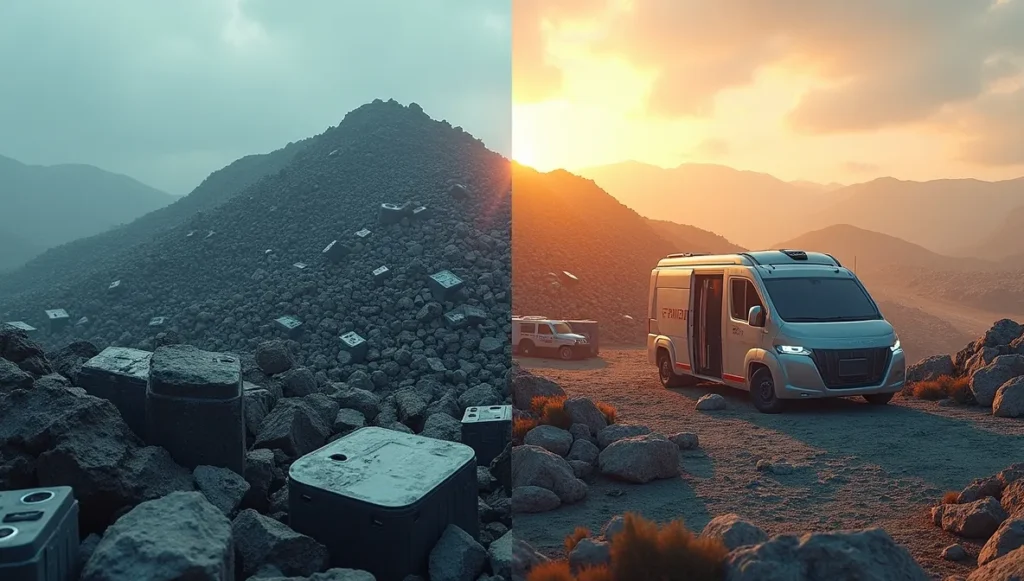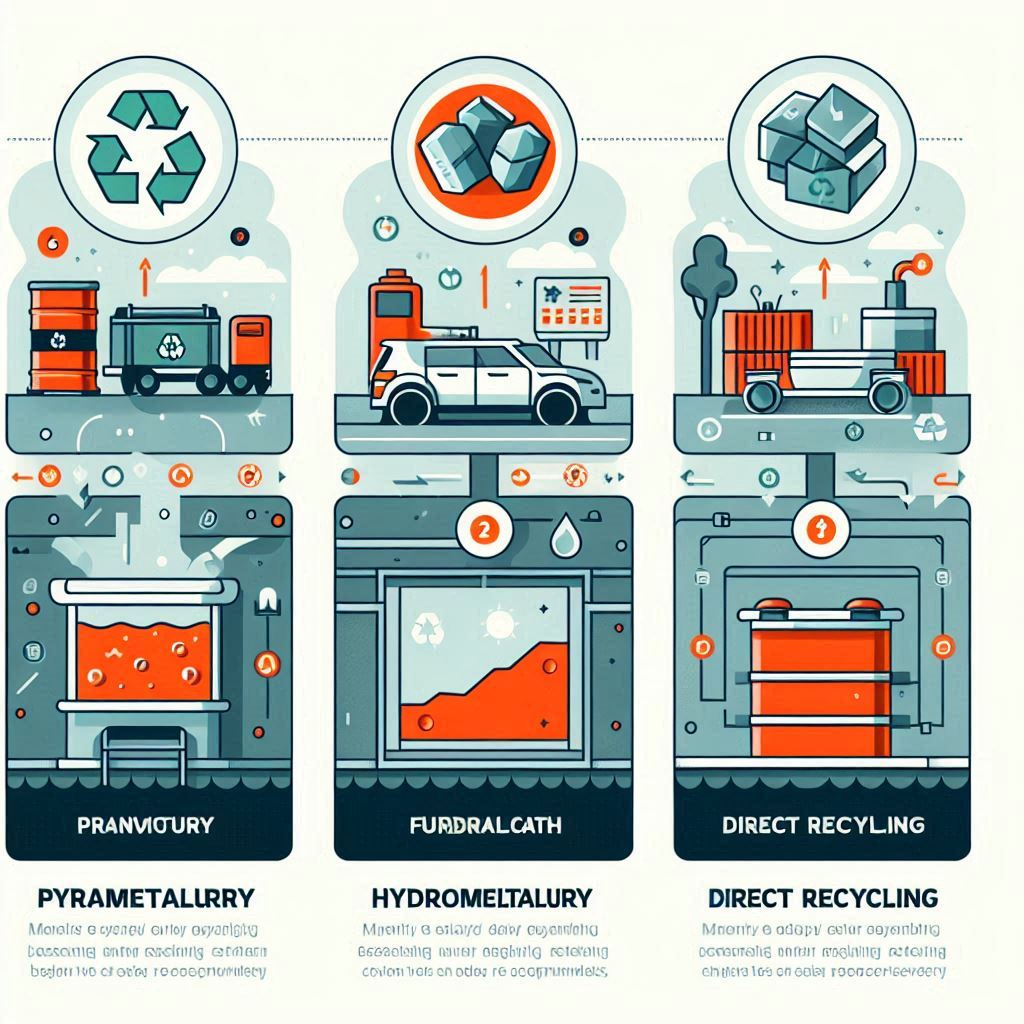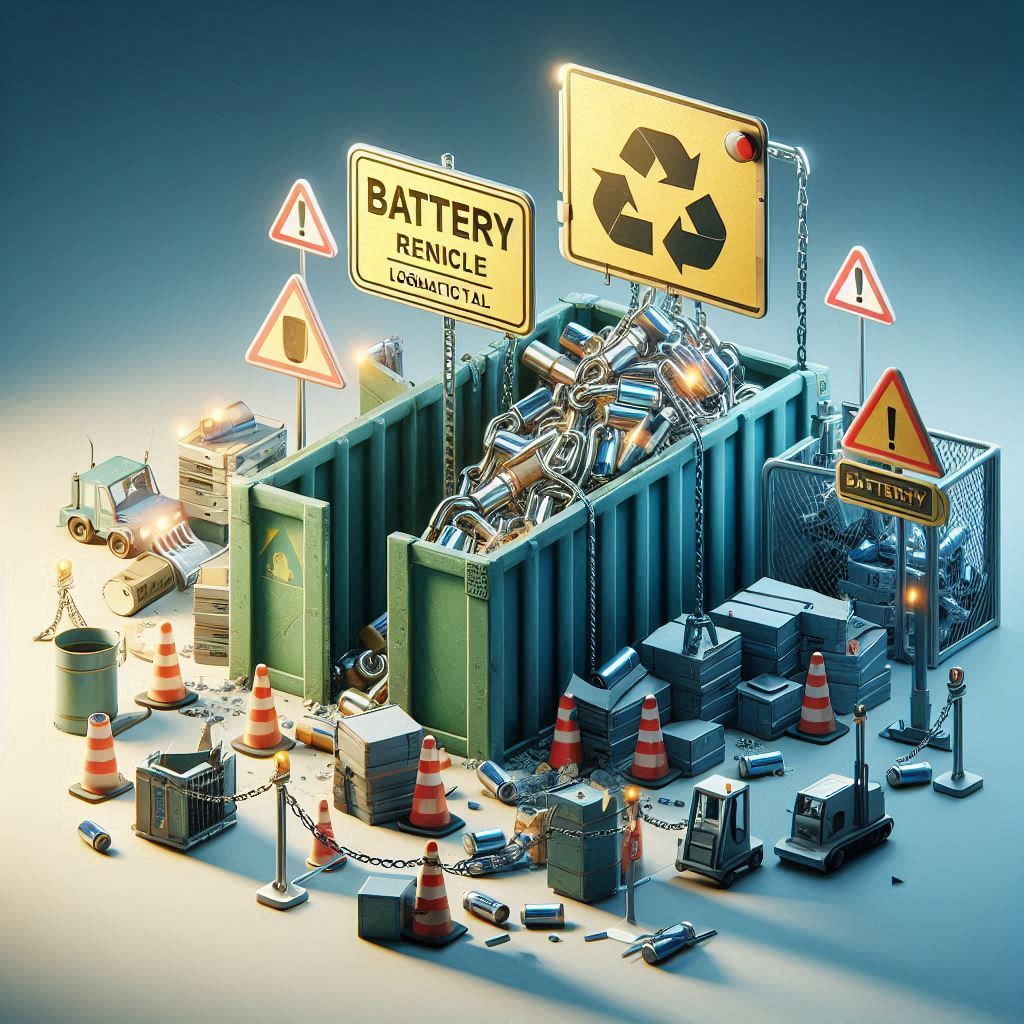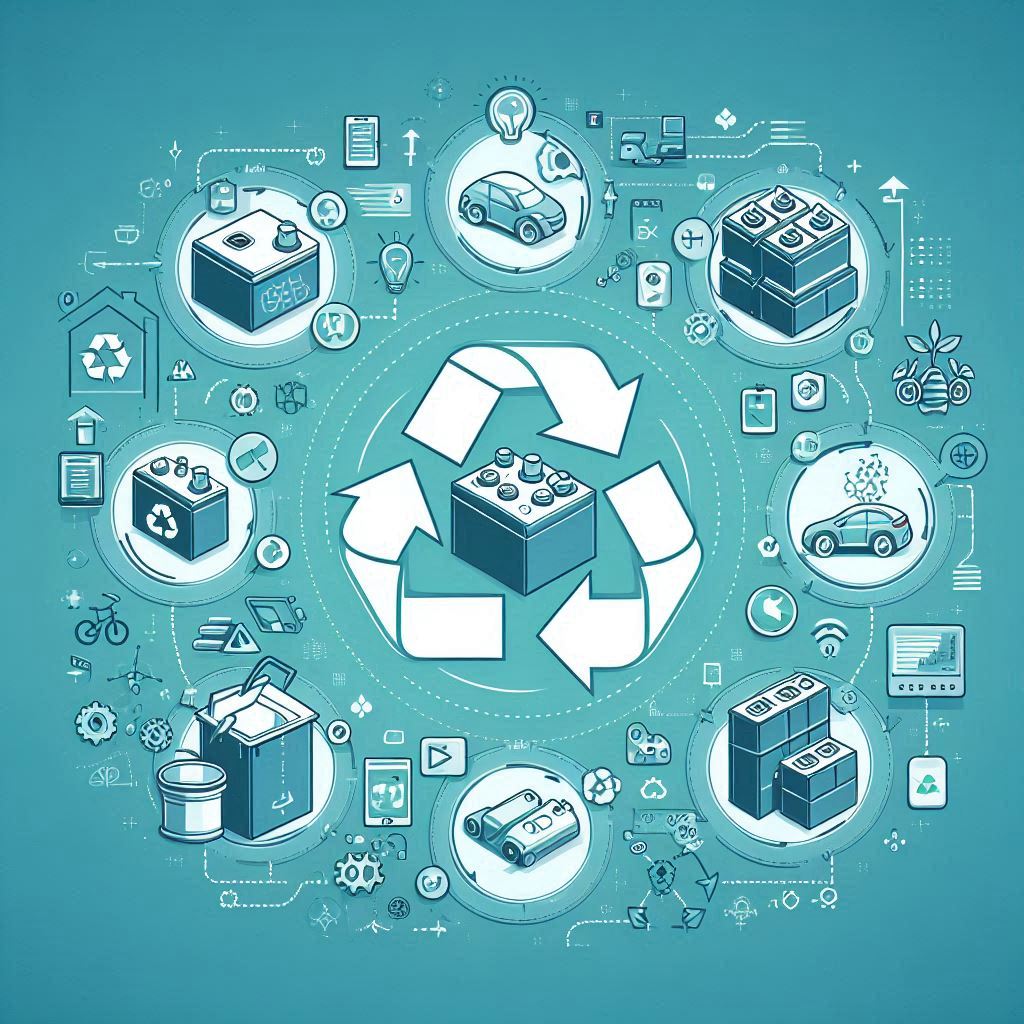Electric vehicles (EVs) promise a cleaner transportation, but their batteries hide a dangerous secret. In addition to this, they’re packed with valuable metals like lithium and cobalt, most end up as toxic waste. Fortunately, a circular economy can solve this— however, if we act now.
Key Stat:
Currently, less than 5% of EV batteries are recycled. As a result, we’ll face 11 million tons of battery waste yearly by 2030.

The EV Battery Waste Disaster
1. Mining’s Dark Side
- First, Lithium extraction pollutes 500,000 gallons of water per ton of material.
- Meanwhile, Cobalt mining still uses child labor in Congo (despite 2025 “ethical” pledges).
2. The Recycling Gap
- Current methods recover just 30-40% of materials efficiently.
- consequently, leaking batteries contaminate soil for decades.
Circular Economy: Fixing the Broken System
How It Works
| Linear Model (Problem) | Circular Model (Solution) |
|---|---|
| Mine → Manufacture → Use → Trash | Reuse → Repair → Recycle → Remanufacture |
EV Battery Applications:
- For example, old Nissan Leaf batteries now power Japanese streetlights.
- Similarly, recycled materials cut mining needs by 75%.
Actionable Solutions
1. Second-Life Battery Projects
- Specifically, Nissan uses old Leaf batteries to power streetlights in Japan.
- Pro Tip: Check if local solar installers accept used EV packs.
2. Breakthrough Recycling Tech
- Hydrometallurgy: Not only recovers cobalt/lithium, but also uses 90% less energy than mining.
- Direct Recycling: Reuses cathodes intact—a game-changer since 2025.
3. Smarter Battery Design
- Take Tesla’s 4680 cells: Their modular design simplifies recycling.
- Likewise, standardized ports reduce costs.
4. Policy & Business Levers
- Thanks to EU’s 2025 law, automakers face fines for non-recycled batteries.
- Better yet, recycled lithium costs 60% less than mined.
Why This Matters
- 🌍 Environmental: Cuts mining damage by 75%.
- 💼 Economic: Creates 10x more jobs than landfills.
- ⚡ Energy Security: Recycled materials supply 40% of future battery demand.
“A circular economy isn’t green virtue—it’s survival.”
Final Thoughts
EVs can cut emissions and urban air pollution. But without a solid plan for managing old batteries, they could add to the growing waste problem. Fortunately, a circular economy approach can prevent this. Simple habits like extending your EV battery’s lifespan can delay recycling needs for years. Together, these steps make electric transport truly sustainable—from the road to the scrap yard.





